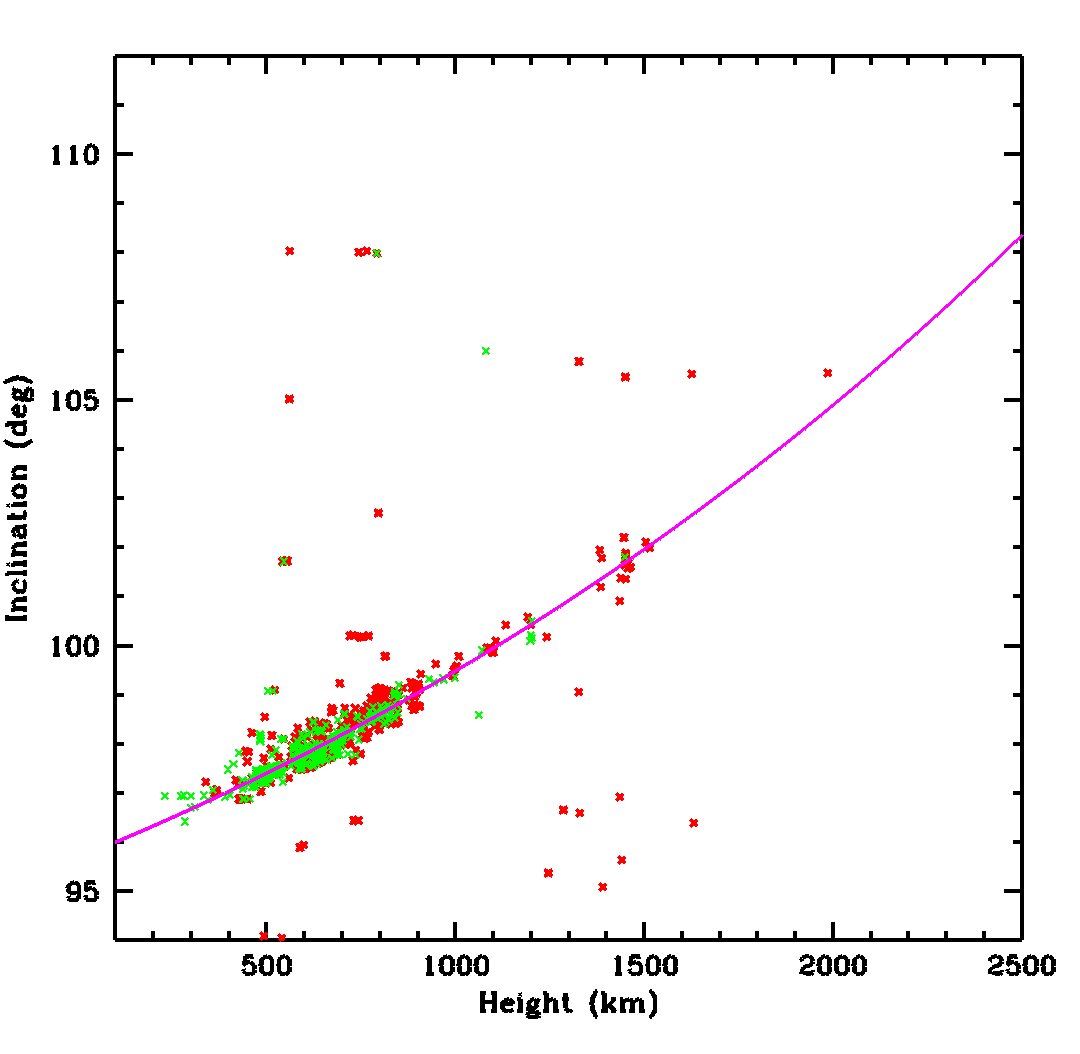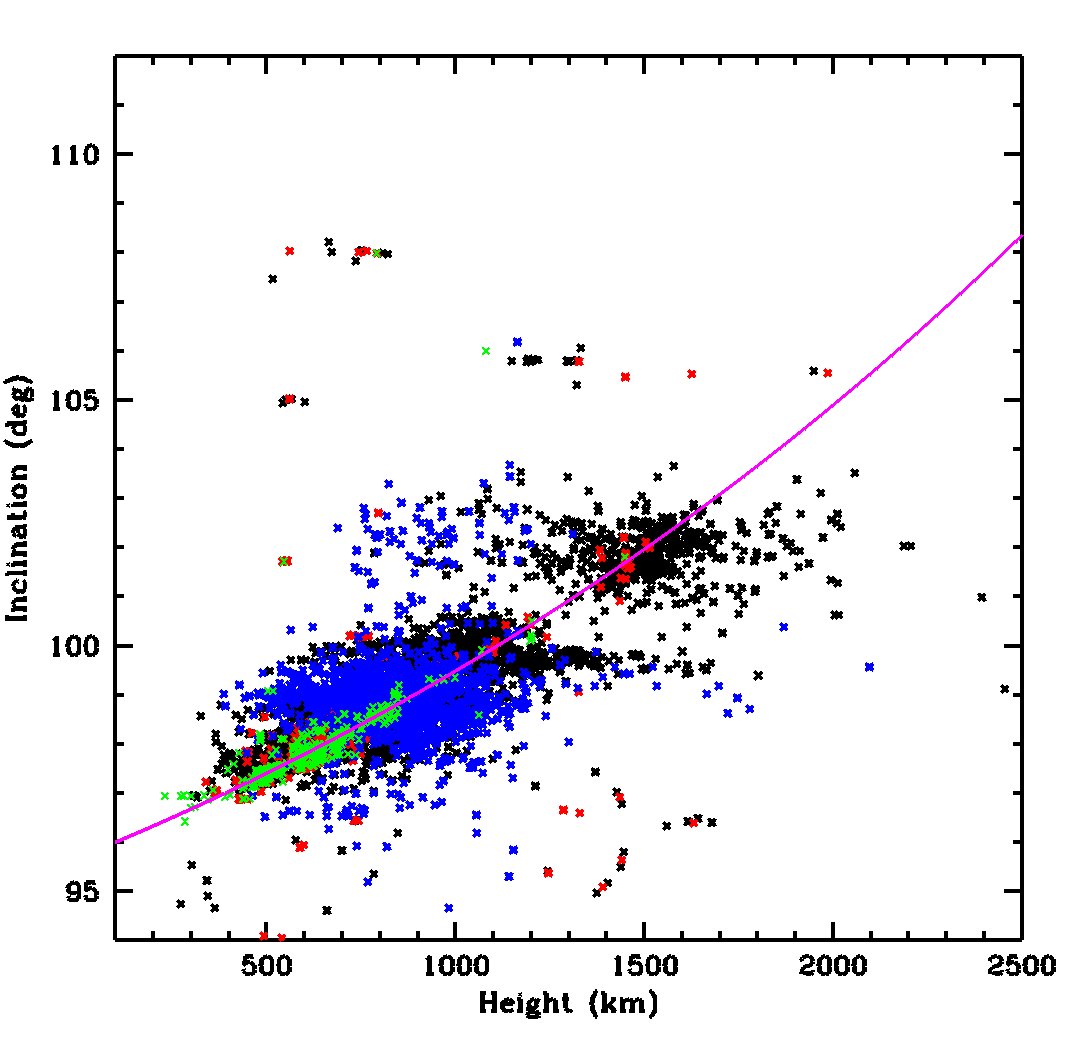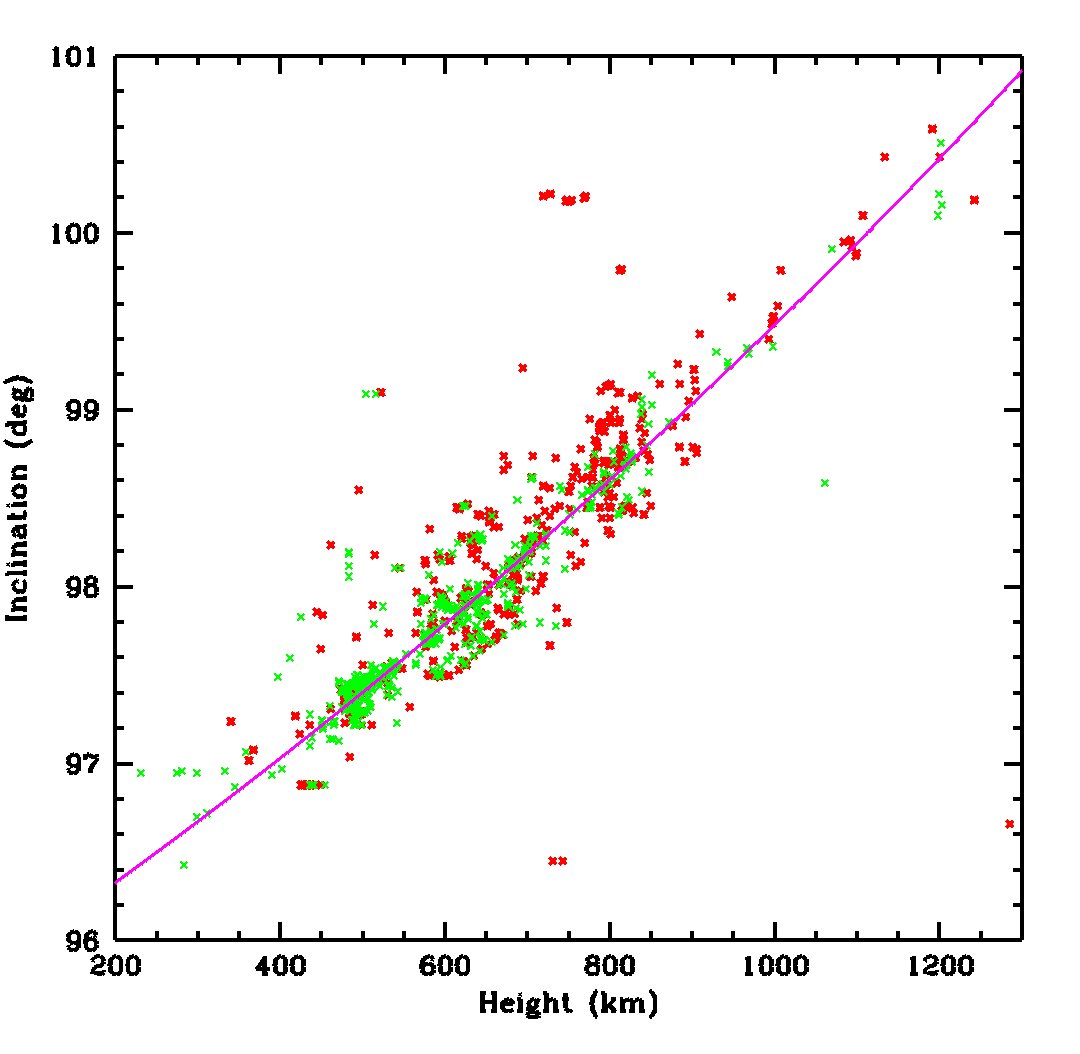
A TsSKB-Progress Soyuz-2-1a rocket stands on the pad at Baykonur's Area 31, ready to launch an RKK Energiya Soyuz-MS spaceship.(Confusingly 'Soyuz' can refer to either the rocket or the spaceship on top.)
The Soyuz 2-1a rocket has taken over human spaceflight launch duties from the now-retired Soyuz-FG rocket. Today's rocket is serial Kh 15000-045 and is the 41st Soyuz-2-1a to be launched.
There is a further upgraded version, the Soyuz-2-1b, with a newer third stage engine - apparently they don't trust this for piloted missions. The Soyuz-2-1a and 2-1b use a lower stage design derived from the original 1957 R-7 ICBM and 8K71PS Sputnik launch vehicle.
On top of the rocket is a spaceship known in internal documents as the 11F732 - in fact, variant 11F732A48, and this ship is vehicle number 747. This alphanumeric 'article number' is a hangover from Soviet times. Publicly, the vehicle is a Soyuz MS, specifically Soyuz MS-17
The mission is ISS flight 63S and has a crew of three: commander Sergey Ryzhikov, flight engineer 1 Sergey Kud'-Sverchkov, and flight engineer 2 Dr. Kathleen 'Kate' Rubins
Mass of the Soyuz MS-17 spaceship is around 7200 kg once in orbit. Right now it's inside a nose fairing with the launch escape tower on top. The dark stripe is the upper part of the Soyuz-2-1a rocket's third stage. 

The orange stripe marks the bottom of the third stage ("Blok I") and you can make out the gap between it and the core (second, "Blok A") stage. The first stage consists of four side boosters ('Blok B, V, G, D').
The first Soyuz spaceship to be launched was 7K-OK No. 2, which entered orbit in Nov 1966 and was given the cover name Kosmos-133. (No crew was aboard). So Soyuz has been around a long time.
If successful, this launch will be the 319th orbital human spaceflight launch, the 341st human spaceflight launch above 80 km, and the 184th such launch towards a space station.
LAUNCH at 0545 UTC: Soyuz MS-17 is on its way.
The four side boosters and the escape tower have been jettisoned; core stage firing as the rocket heads towards space
The two halves of the payload fairing have now been jettisoned. The core stage separates just before 5 minutes into flight
Core stage and (10 seconds later) interstage separation as the Blok-I third stage ignites. Stage 3 will fire to accelerate the vehicle to orbital velocity. Altitude 170 km
The third stage shuts down at T+8 min 46 s and separates 4 seconds later
Third stage cutoff and separation confirmed, solar panels on the Soyuz 'PAO' service module have deployed. Docking with ISS is scheduled for 0852 UTC.
Successful orbital insertion makes this launch 2020-072. I have to work tomorrow, so sadly I am going to bed instead of following the rendezvous and docking.
• • •
Missing some Tweet in this thread? You can try to
force a refresh









